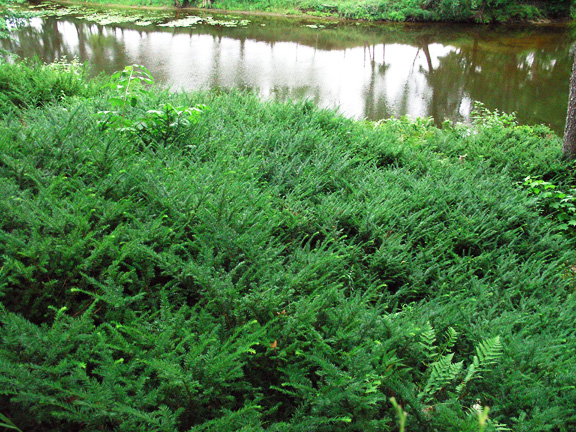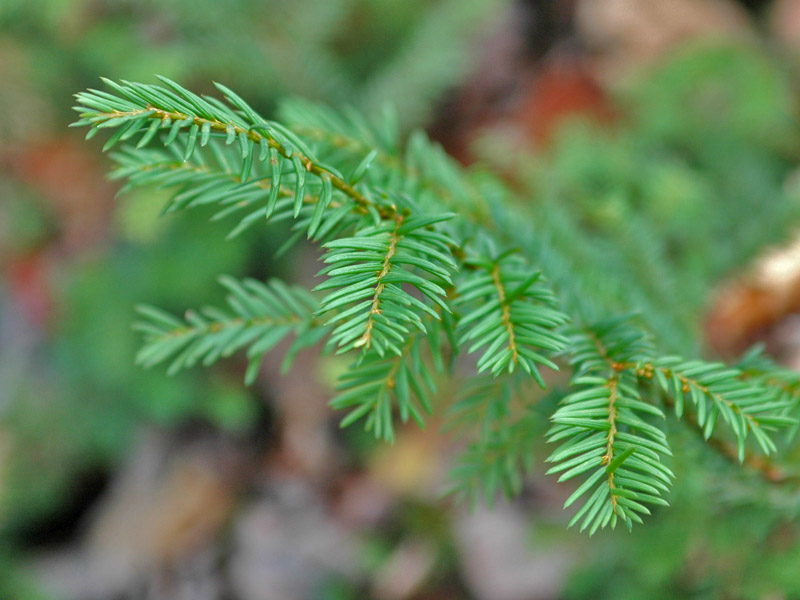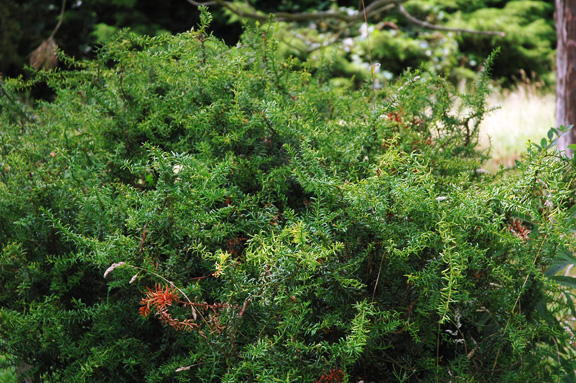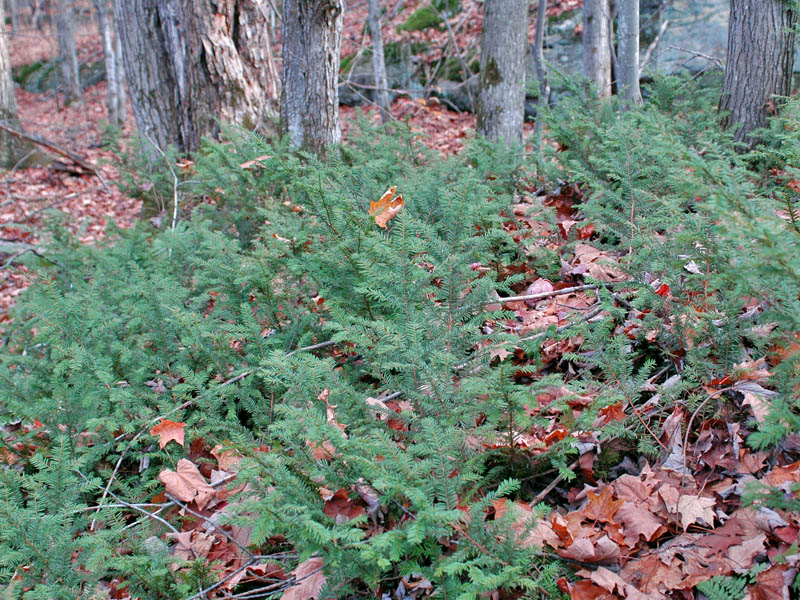| General Description | A low growing shrub; loose, unattractive form. Not often used in the landscape; hardiest of the yews. Valued for its taxanes, which is a chemical produced by the plant used in cancer drugs. |
| ID Characteristic | 2-ranked needles, sharp pointed leaf apex, reddish brown bark. |
| Shape | Loose and spreading. |
| Landscape | Not commonly used in the landscape because of its unattractive form. Can be used for groundcover and bonsai. |
| Propagation | Cuttings most effective because seeding is very slow. If seeding, dormancy can be broken with warm then cold stratification. Procure wood between October and January; apply a hormone. Should root in 2-3 months. |
| Cultivation | Shade tolerant and extremely hardy, but not tolerant of disturbances like logging and wildlife. Can transplant balled and burlapped; likes moist soil. If grown in cultivation and annual pruning will help maintain it appearance. |
| Pests | Not notable. Can be partial to Taxus mealybug and Taxus scale. |
| Notable Specimens | The Rock Chapel at The Royal Botanical Gardens, Hamilton, Ontario, Canada |
| Habitat | Grows in bogs and out of sandstone cliffs. Understory plant of late successional forests. |
| Bark/Stem Description | Nearly smooth and very thin, but ornamentally unimportant. |
| Flower/Leaf Bud Description | 1-2 mm long, yellow green. Obovate, imbricate. |
| Leaf Description | Two-ranked needles, 13-19 mm long, 1-2 mm wide; short-pointed tip. Short-stalked. |
| Flower Description | 7-13 mm flower buds occur on the underside of the stem. Flowers monoecious, and self fertile; pollinated by the wind. |
| Fruit Description | Light red arial; seed surrounded by cup-like flesh. Seeds broader than high and is olive green in colour. |
| Colour Description | Leaves dark green on top, pale underside with white markings. Flesh of the fruit light red. |
| Texture Description | Medium; soft foliage and fruit, bark smooth. |



